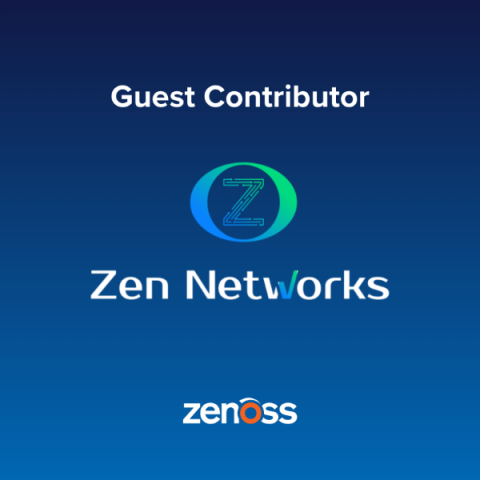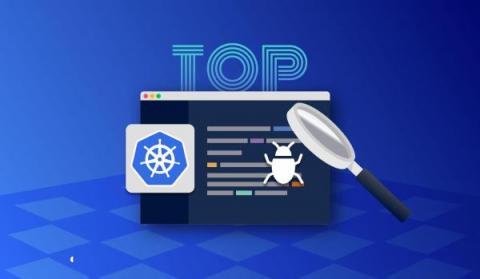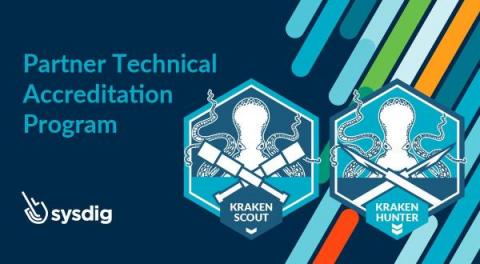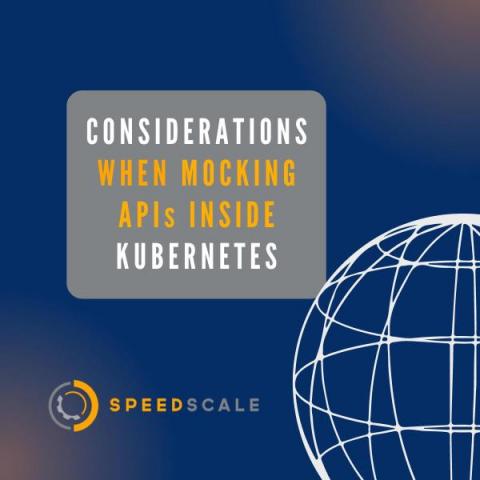What is Kubernetes CrashLoopBackOff? And how to fix it
CrashLoopBackOff is a Kubernetes state representing a restart loop that is happening in a Pod: a container in the Pod is started, but crashes and is then restarted, over and over again. Kubernetes will wait an increasing back-off time between restarts to give you a chance to fix the error. As such, CrashLoopBackOff is not an error on itself, but indicates that there’s an error happening that prevents a Pod from starting properly.











